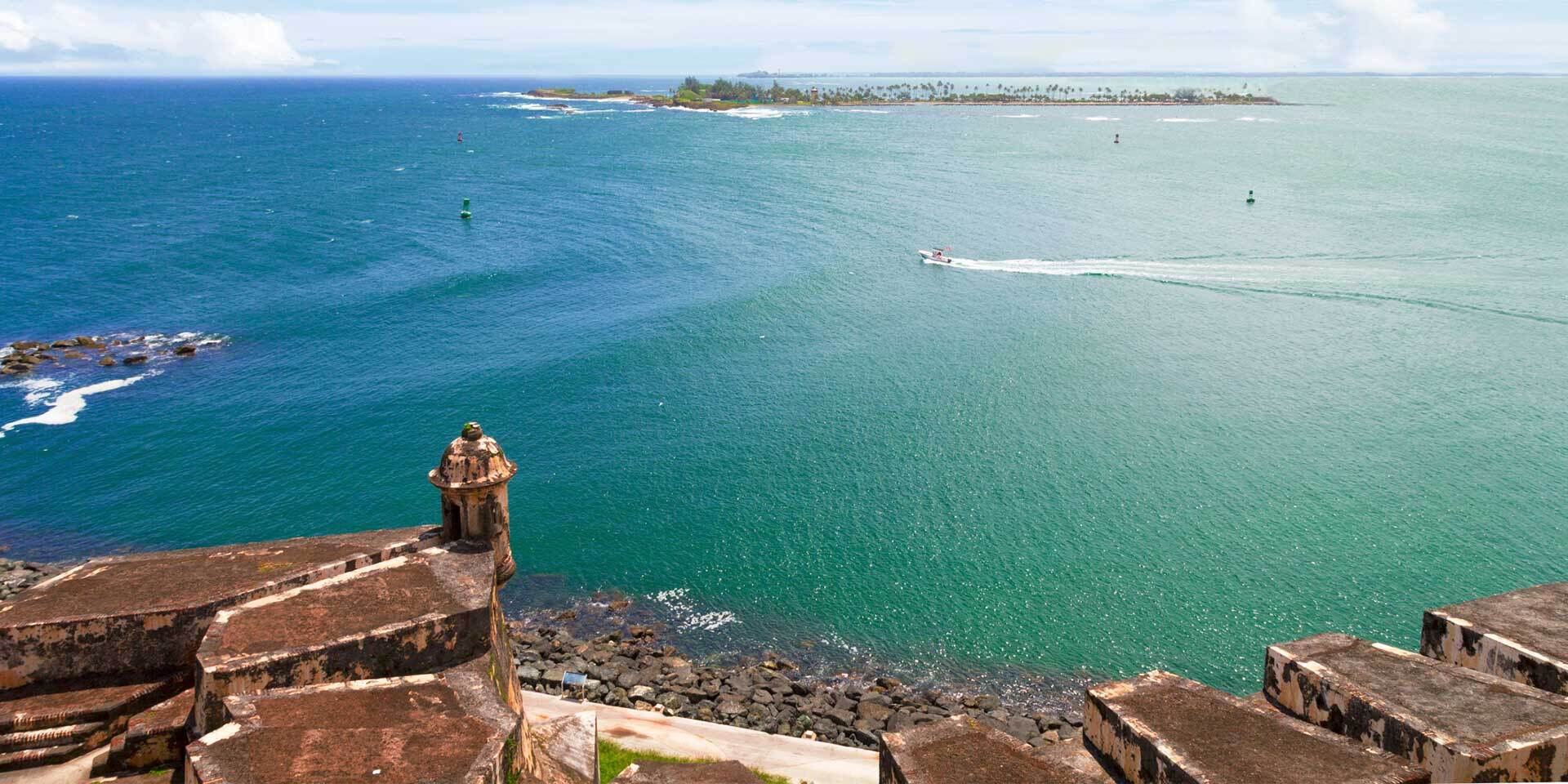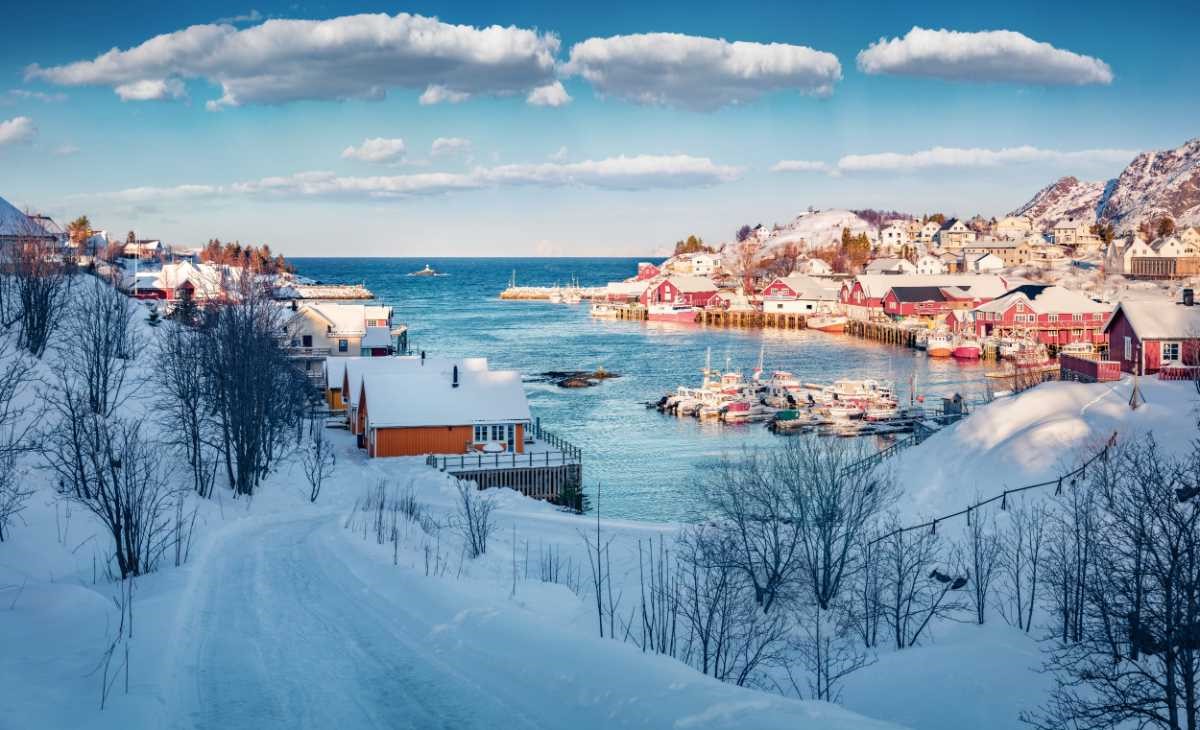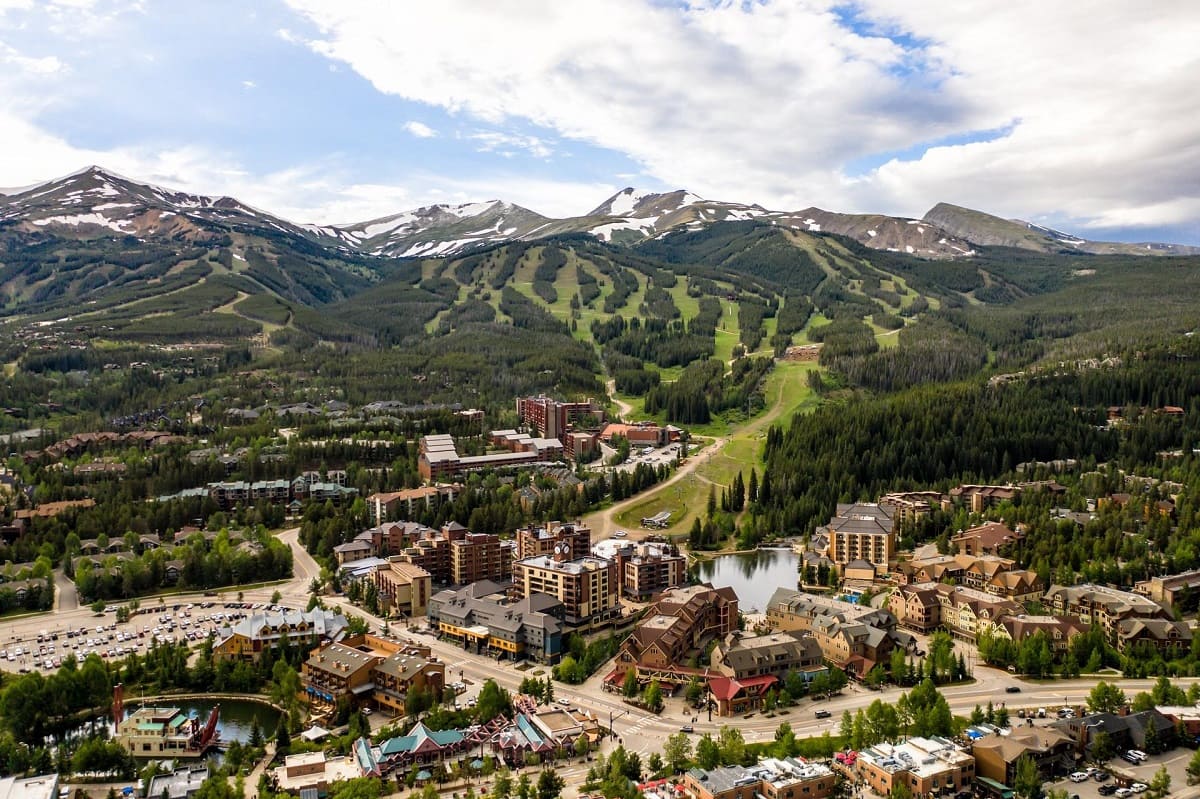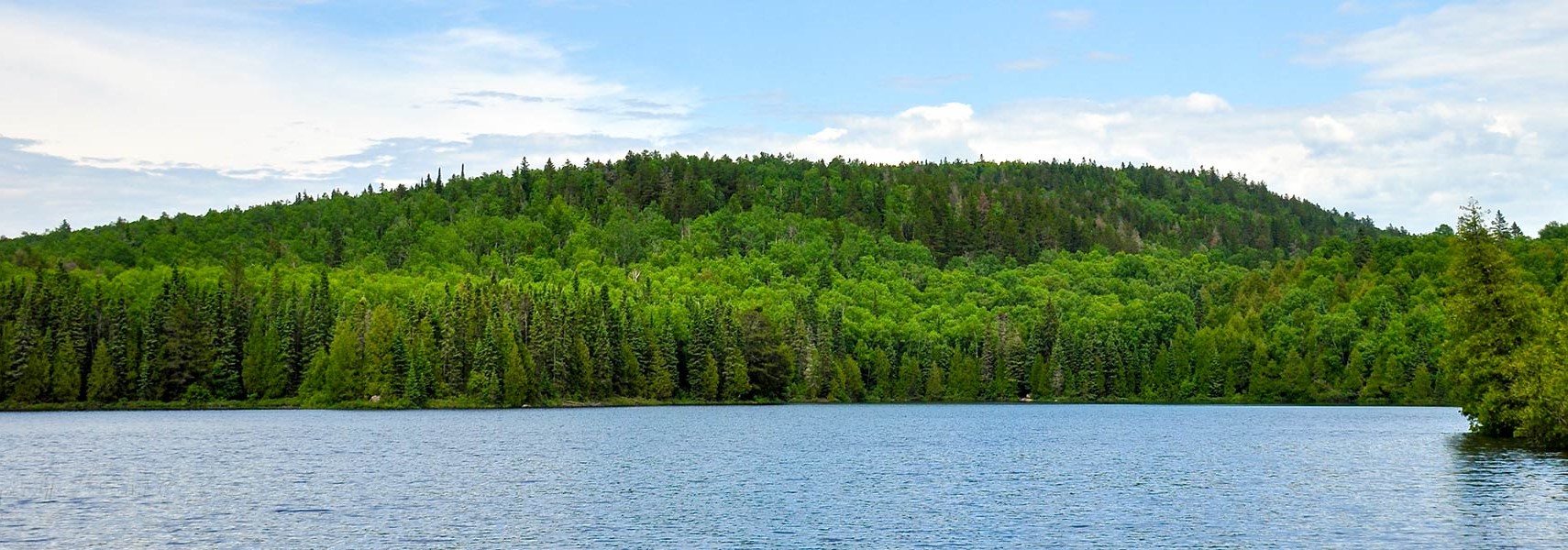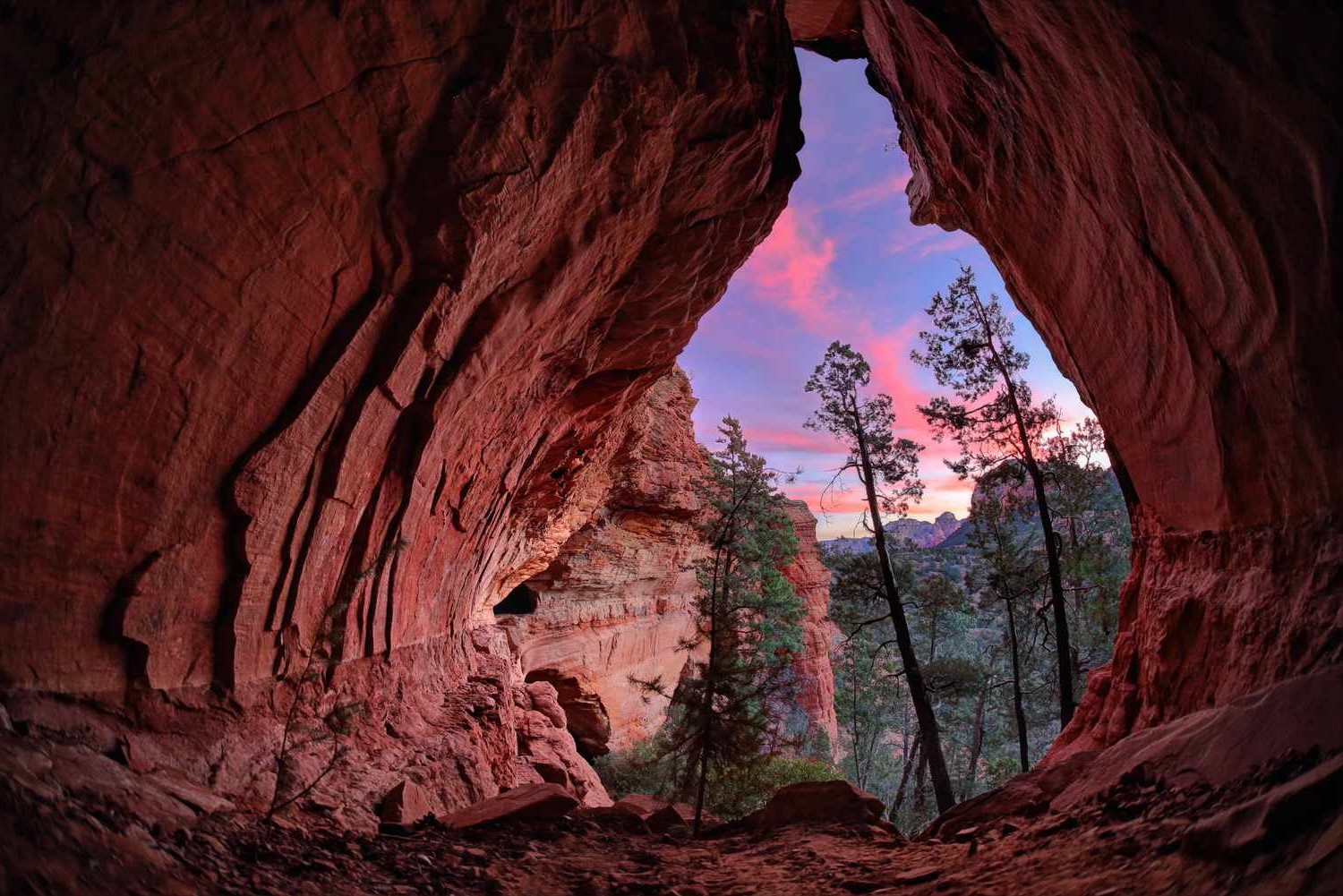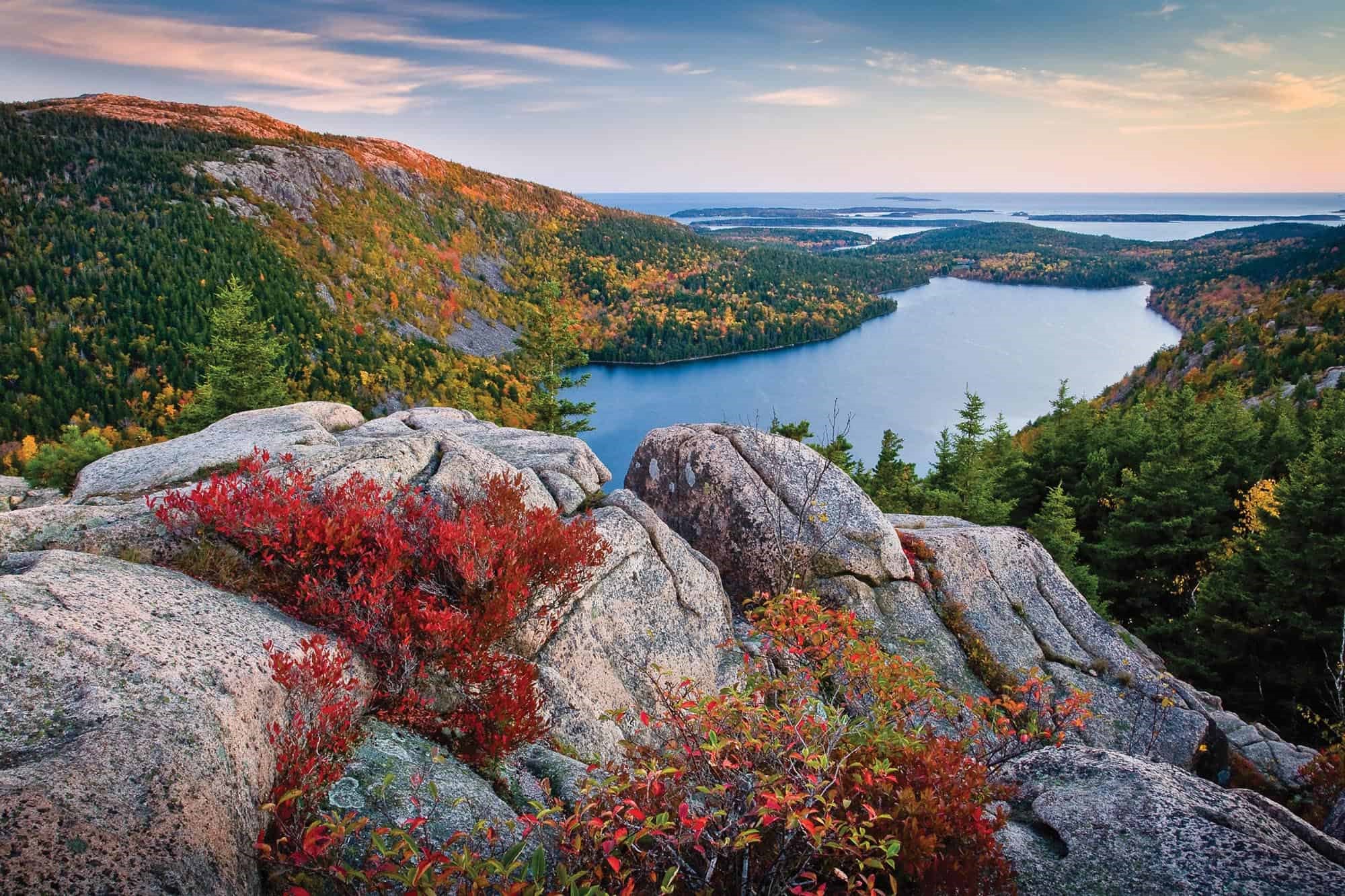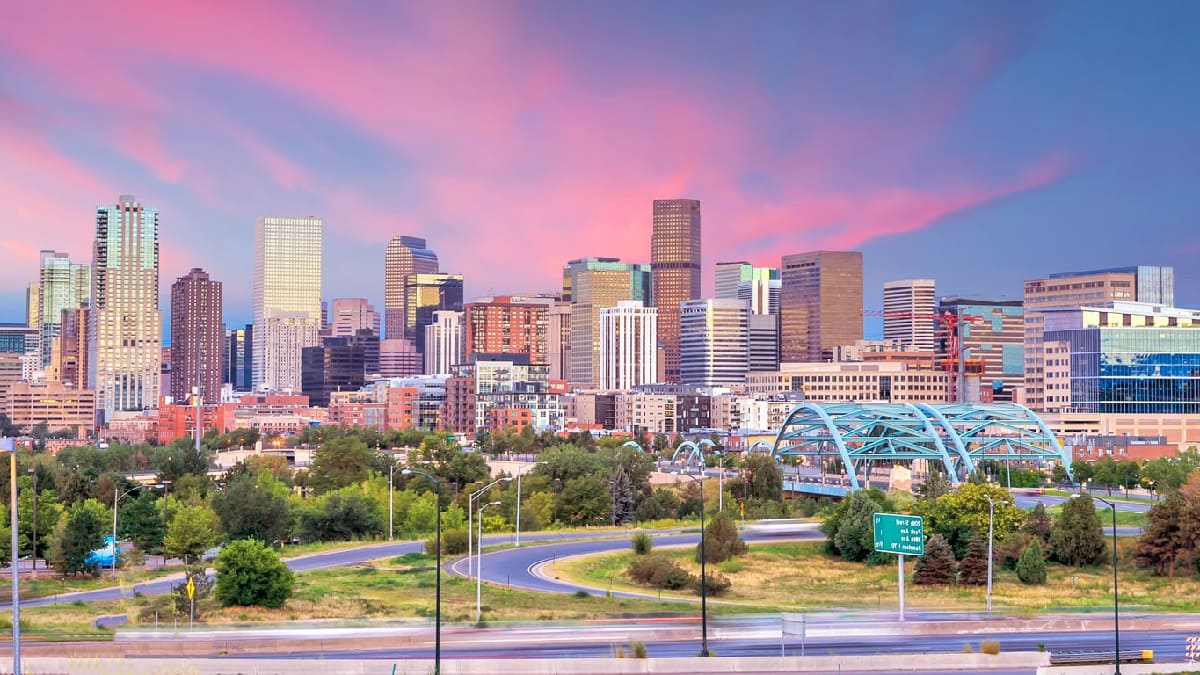Home>Weather and Climate>Lanzarote Weather: Average Temperatures And Climate Guide
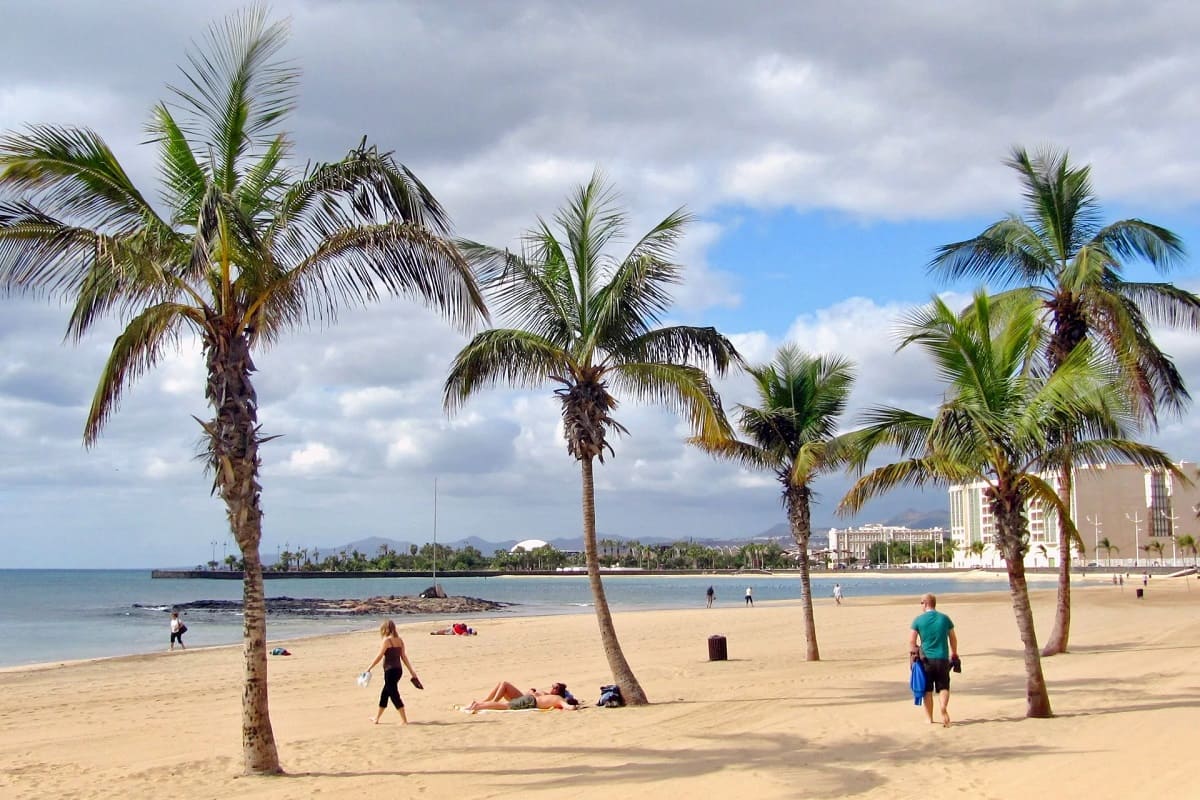

Weather and Climate
Lanzarote Weather: Average Temperatures And Climate Guide
Published: March 5, 2024
Plan your trip to Lanzarote with our comprehensive weather and climate guide. Discover average temperatures and essential climate information for your visit.
(Many of the links in this article redirect to a specific reviewed product. Your purchase of these products through affiliate links helps to generate commission for Temperatures.com, at no extra cost. Learn more)
Table of Contents
Introduction
Lanzarote, a captivating island in the Canary archipelago, is renowned for its stunning landscapes, pristine beaches, and unique volcanic terrain. As visitors set foot on this enchanting island, they are greeted by a climate that is as diverse as the island itself. Understanding the weather and climate of Lanzarote is essential for anyone planning to visit this remarkable destination. From the sun-drenched beaches to the rugged volcanic formations, the weather plays a pivotal role in shaping the experiences of travelers and locals alike.
The climate of Lanzarote is characterized by its arid and warm conditions, making it an alluring destination for those seeking a year-round escape from colder climates. The island's weather patterns are influenced by its geographical location, with the Atlantic Ocean playing a significant role in moderating temperatures and precipitation. Whether one is drawn to the vibrant bustle of the coastal towns or the tranquility of the inland villages, the climate of Lanzarote sets the stage for a myriad of experiences.
In this comprehensive guide, we delve into the nuances of Lanzarote's climate, exploring the average temperatures throughout the year, the unique weather patterns and phenomena that shape the island, and the best times to visit. By gaining insight into the weather and climate of Lanzarote, travelers can make informed decisions and maximize their enjoyment of this captivating island. So, let's embark on a journey to unravel the mysteries of Lanzarote's weather and climate, and discover the best times to bask in its natural splendor.
Read more: Miami Average Temperature Guide
Understanding Lanzarote's Climate
Lanzarote's climate is influenced by its geographical location and the surrounding Atlantic Ocean. Situated off the northwest coast of Africa, Lanzarote experiences a subtropical desert climate, characterized by warm temperatures, low precipitation, and abundant sunshine throughout the year. The island's proximity to the Sahara Desert further accentuates its arid conditions, resulting in a unique and captivating climate that shapes the island's landscapes and ecosystems.
The trade winds, prevalent in the Canary Islands, play a crucial role in moderating Lanzarote's climate. These winds bring a refreshing breeze and help mitigate the heat, offering a pleasant respite from the sun's intensity. Additionally, the northeast trade winds contribute to the relatively low humidity levels, creating a comfortable environment for residents and visitors alike.
The island's topography also influences its microclimates, with the northern regions generally experiencing slightly cooler and more humid conditions compared to the southern areas. This variation is attributed to the presence of the mountainous terrain in the north, which can intercept and condense moisture from the trade winds, leading to a greener and more lush landscape.
Lanzarote's volcanic origins further contribute to its climate dynamics. The island's volcanic soil, formed from past eruptions, has unique heat-retaining properties that impact local temperatures. This phenomenon is particularly evident in the renowned vineyards of La Geria, where the traditional cultivation method of creating semi-circular stone walls around individual plants harnesses the soil's ability to retain moisture and regulate temperatures.
The interplay of these factors results in a climate that is conducive to outdoor activities and leisure throughout the year. Whether it's exploring the otherworldly landscapes of Timanfaya National Park, basking in the sun on the golden sands of Playa Blanca, or embarking on a coastal adventure, Lanzarote's climate sets the stage for unforgettable experiences.
In essence, understanding Lanzarote's climate is integral to appreciating the island's natural beauty and the lifestyle it fosters. The interweaving influences of geography, oceanic currents, and volcanic heritage converge to create a climate that is as diverse and captivating as the island itself. This understanding forms the foundation for exploring the average temperatures, weather patterns, and the best times to visit Lanzarote, offering invaluable insights for travelers seeking to immerse themselves in this extraordinary destination.
Average Temperatures Throughout the Year
Lanzarote's climate is characterized by consistently warm temperatures, making it an inviting destination for travelers seeking a respite from cooler climates. The island experiences relatively mild temperature variations throughout the year, with the influence of the Atlantic Ocean and the trade winds contributing to its temperate conditions.
In the winter months, spanning from December to February, Lanzarote enjoys average daytime temperatures ranging from 18°C to 22°C (64°F to 72°F). The evenings may bring slightly cooler temperatures, typically hovering between 13°C and 16°C (55°F to 61°F). This mild winter climate creates an ideal environment for exploring the island's attractions, from the captivating César Manrique Foundation to the picturesque coastal promenades.
As spring unfolds, Lanzarote experiences a gradual increase in temperatures, with average daytime highs reaching 22°C to 24°C (72°F to 75°F) in March and climbing to 24°C to 26°C (75°F to 79°F) in April and May. The island's landscapes come alive with vibrant blooms and lush greenery, offering a delightful backdrop for outdoor adventures and leisurely strolls along the sun-kissed shores.
Summer heralds the arrival of warm and balmy weather, with average daytime temperatures ranging from 26°C to 29°C (79°F to 84°F) in June and July, and peaking at 29°C to 31°C (84°F to 88°F) in August. The long daylight hours and inviting temperatures create an idyllic setting for indulging in water sports, unwinding on the beaches, and savoring the island's culinary delights amidst the enchanting summer ambiance.
As autumn unfolds, Lanzarote experiences a gradual transition to milder temperatures, with average daytime highs ranging from 27°C to 25°C (81°F to 77°F) in September and further decreasing to 24°C to 22°C (75°F to 72°F) in October and 22°C to 20°C (72°F to 68°F) in November. The island's landscapes retain their allure, offering a serene and temperate backdrop for exploration and relaxation.
Throughout the year, Lanzarote's climate fosters a welcoming environment for a diverse range of activities, from hiking the volcanic trails to savoring al fresco dining experiences. The island's mild and consistent temperatures, coupled with its breathtaking natural beauty, make it an enticing destination for travelers seeking a harmonious blend of relaxation and adventure amidst a captivating climate.
Weather Patterns and Phenomena
Lanzarote's weather patterns and phenomena are shaped by a combination of geographical factors, oceanic influences, and atmospheric dynamics. The island's climate is characterized by a remarkable consistency, with clear skies and abundant sunshine prevailing throughout the year. However, certain weather phenomena contribute to the island's unique atmospheric tapestry, adding depth and intrigue to its climate.
The trade winds, known locally as "alisios," play a pivotal role in shaping Lanzarote's weather patterns. These prevailing northeast winds bring a refreshing breeze to the island, contributing to its moderate temperatures and low humidity levels. The trade winds also influence the distribution of precipitation, with the northern regions of Lanzarote typically receiving slightly higher rainfall compared to the arid south. This variation in precipitation contributes to the diverse microclimates found across the island, fostering a rich tapestry of ecosystems and landscapes.
One of the most captivating weather phenomena on Lanzarote is the occurrence of calimas, or Saharan dust storms. During calima events, fine particles of dust and sand are carried by the wind from the nearby Sahara Desert, creating hazy skies and imparting an ethereal quality to the island's atmosphere. While calimas can reduce visibility and lead to temporary changes in air quality, they also bestow Lanzarote with mesmerizing sunsets and unique photographic opportunities, adding a touch of drama to the island's skies.
The phenomenon of the "sea of clouds," locally referred to as the "mar de nubes," is another intriguing aspect of Lanzarote's weather. This natural spectacle occurs when a blanket of clouds forms at higher elevations, shrouding the mountainous terrain in the north of the island. As the trade winds push moist air against the slopes of the mountains, the clouds condense, creating a mesmerizing visual effect as they cascade over the peaks and cliffs. The sea of clouds not only adds a mystical allure to Lanzarote's landscapes but also influences the local microclimates, contributing to the verdant beauty of the northern regions.
In addition to these phenomena, Lanzarote experiences occasional winter rains, known as "gotas frías," which can bring short bursts of intense precipitation and thunderstorms. These rain events are essential for replenishing the island's water reserves and sustaining its ecosystems, contributing to the vitality of Lanzarote's natural environment.
By understanding these weather patterns and phenomena, visitors to Lanzarote can gain a deeper appreciation for the island's atmospheric dynamics and the captivating interplay of natural forces that shape its climate. From the gentle caress of the trade winds to the mesmerizing spectacle of calimas and the ethereal beauty of the sea of clouds, Lanzarote's weather patterns and phenomena add a layer of enchantment to the island's already captivating allure.
Best Times to Visit Lanzarote
The best times to visit Lanzarote are influenced by the island's climate and the unique experiences each season offers. Understanding the distinct characteristics of each season is essential for travelers seeking to make the most of their visit to this captivating destination.
Spring, encompassing the months of March to May, emerges as an ideal time to explore Lanzarote. During this period, the island experiences a delightful transition from the mild winter to the balmy summer, offering pleasant temperatures and an abundance of natural beauty. The landscapes come alive with colorful blooms, creating a picturesque backdrop for outdoor adventures and leisurely explorations. Spring also presents an opportune time to partake in cultural festivities and events, providing a glimpse into the vibrant traditions and heritage of the island.
Summer, spanning from June to August, beckons travelers with its warm and sun-drenched ambiance. This season is perfect for indulging in Lanzarote's coastal splendor, with long daylight hours and inviting temperatures creating an idyllic setting for beach activities, water sports, and al fresco dining experiences. The island's lively atmosphere, coupled with the refreshing sea breeze, sets the stage for memorable moments and leisurely relaxation amidst the captivating summer vibes.
Autumn, from September to November, offers a tranquil and temperate escape for those seeking a more laid-back experience. The island's landscapes retain their allure, providing a serene backdrop for exploration and relaxation. Autumn also presents an excellent opportunity to engage in outdoor pursuits, such as hiking the volcanic trails and discovering the diverse ecosystems that thrive in Lanzarote's unique microclimates. Additionally, this season offers a quieter ambiance, allowing visitors to savor the island's natural beauty in a more contemplative setting.
Winter, spanning from December to February, appeals to travelers seeking a mild and peaceful retreat. The island's mild winter climate creates an ideal environment for exploring its attractions, from the captivating volcanic landscapes to the cultural and artistic treasures found throughout Lanzarote. Winter also offers a respite from the bustling tourist crowds, allowing visitors to immerse themselves in the island's charm at a leisurely pace.
In essence, Lanzarote's climate shapes the best times to visit, offering a diverse range of experiences throughout the year. Whether it's the vibrant blooms of spring, the sun-kissed shores of summer, the tranquil ambiance of autumn, or the peaceful retreat of winter, each season unveils a unique facet of Lanzarote's allure, inviting travelers to embark on a journey of discovery amidst its captivating landscapes and inviting climate.
Read more: Croatia Weather Guide – Average Temperatures
Conclusion
In conclusion, the weather and climate of Lanzarote play a pivotal role in shaping the island's allure and the experiences it offers to visitors throughout the year. From the warm embrace of the subtropical desert climate to the captivating interplay of weather phenomena, Lanzarote's atmospheric tapestry adds depth and enchantment to its natural beauty. The understanding of Lanzarote's climate provides invaluable insights for travelers, guiding them to the best times to visit and the diverse experiences each season unfolds.
As travelers embark on a journey to Lanzarote, they are greeted by a climate that fosters a harmonious blend of relaxation and adventure. The island's consistently warm temperatures, moderated by the refreshing trade winds, create an inviting environment for a myriad of outdoor activities, from coastal explorations to leisurely strolls amidst the verdant landscapes. The distinct microclimates, influenced by the island's topography and oceanic currents, contribute to the diverse ecosystems and scenic vistas that define Lanzarote's natural splendor.
The average temperatures throughout the year offer a glimpse into the seasonal nuances of Lanzarote's climate, from the mild winter to the balmy summer and the tranquil autumn to the peaceful retreat of winter. Each season unveils a unique facet of the island's allure, inviting travelers to immerse themselves in its captivating landscapes and inviting climate. Whether it's the vibrant blooms of spring, the sun-kissed shores of summer, the tranquil ambiance of autumn, or the peaceful retreat of winter, Lanzarote's climate sets the stage for unforgettable experiences.
Furthermore, the weather patterns and phenomena, from the trade winds and calimas to the sea of clouds and occasional winter rains, add a layer of enchantment to Lanzarote's atmospheric dynamics. These natural forces not only shape the island's climate but also bestow it with a captivating allure, offering visitors a deeper appreciation for the interplay of natural elements that define Lanzarote's weather.
In essence, the weather and climate of Lanzarote are integral to the island's identity, shaping its landscapes, ecosystems, and the lifestyle it fosters. By unraveling the mysteries of Lanzarote's climate, travelers gain a deeper understanding of this extraordinary destination, enabling them to make informed decisions and maximize their enjoyment of the island's natural splendor. Whether it's a leisurely escape, an adventure-filled retreat, or a cultural exploration, Lanzarote's climate sets the stage for a truly captivating experience amidst its diverse and enchanting landscapes.
